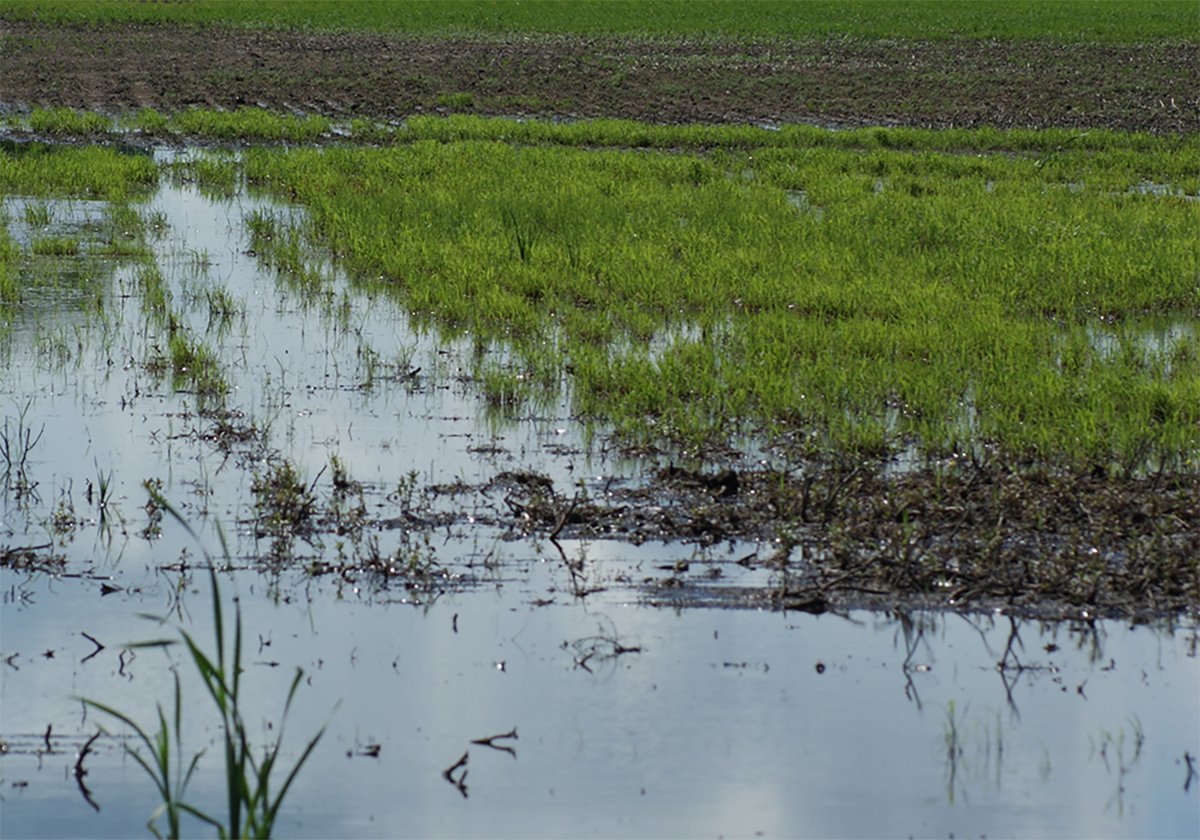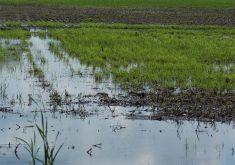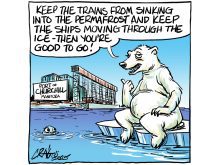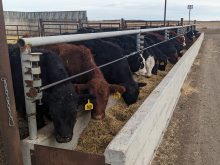The following is an excerpt from the executive summary of Agriculture’s Strategic Role in Feeding and Fueling a Growing World, a report prepared by the U.S.-based Farm Foundation.
Over the next 30 years, agriculture will be challenged to provide food, fibre and energy to a growing world population. World population is forecast to increase by more than one-third to nine billion people by 2040. The number of undernourished people is expected to remain in the hundreds of millions.
The setting for this challenge is characterized by income growth that changes dietary preferences, increasing competition for natural resources, expanding demand for agricultural output for food and non-food purposes such as biofuel, and concerns about a changing environment. Climate change may require agriculture to adapt to ongoing changes and to play a role in mitigating greenhouse gas emissions….
Read Also

Topsy-turvy precipitation this year challenges crop predictions
Rainfall can vary dramatically over a short distance. Precipitation maps can’t catch all the deviations, but they do provide a broad perspective.
This report is a catalyst to foster understanding among all stakeholders of the challenges ahead, potential options to address those challenges and the consequences of those options.
Six categories of challenge
- Global financial markets and recession. While the financial situation is shrouded in uncertainty, agriculture faces the short-term risks that threaten the entire economy, difficulty in accessing credit and shrinking economic activity.
- Global food security. World population is forecast to exceed nine billion by 2040, an increase of more than one-third.
Meanwhile, increased protein consumption and other changes in diets that accompany income growth, along with the demand for bioenergy feedstocks, will put even greater pressure on agricultural resources.
- Global energy security. The combination of high energy prices and public policies encouraging biofuel production globally has led to the rapid development of a biofuel industry.
As a result, the agriculture and energy sectors are now linked through markets for key feedstocks including grains, oilseeds and sugar.
- Climate change. There is uncertainty about the exact effects of global climate change, but science suggests it may result in greater volatility in crop production and change the geographic distribution of crop production. Agriculture is not yet fully prepared to adapt to these changes.
- Competition for natural resources. This is driven by competing demands for market goods, food and fuel, as well as society’s increasing demand for environmental protection and services.
- Global economic development. In many developing countries, agriculture is the source of a large share of income, and food is a large share of expenditures. Agricultural sector performance is one element to the broader goal of economic development.
Recurring themes
Farm Foundation invited a broad group of leaders to explore the six categories, identifying critical strategic problems, alternative strategies and potential policies. Several themes became apparent.
- A high degree of uncertainty surrounds most key policy issues. The effects of the financial crisis and global recession on the agricultural sector are unknown. Climate change entails many uncertainties.
- Public understanding of agriculture has changed significantly over the last half century. As the segment of the population engaged in agriculture has dwindled, fewer people have any direct connection with or understanding of agricultural production. Many consumers are increasingly concerned about how their food is produced. n Unintended consequences accompany any policy intervention. Neither consumers nor producers are passive with respect to changing incentives. Any change in policy or regulation that changes incentives will have indirect effects as quantity and price adjustments cascade through markets.
- Policies have costs as well as benefits. Balancing these tradeoffs will be an important consideration. In some cases, identifying costs of policy change may involve straightforward budget analysis.
- New technologies resulting from research and development may help achieve goals for global food security and energy security while limiting depletion of natural resources or environmental degradation. However, decision-making about research investment may fail to take into account its full value to society, since costs are often immediate while benefits/returns are long-term or global in nature.
- Physical and institutional infrastructures are critical to agriculture’s ability to meet the 30-year challenge. Much of the physical infrastructure to move and trade U.S. commodities is aging and pushed beyond capacity, and the institutional infrastructure is not perceived by all consumers to provide safe food.
Developing countries often face more severe deficiencies in infrastructure that impede agricultural markets and policies, as well as economic development.
- Producers and consumers around the world have experienced gains from trade as barriers have been reduced and global markets become more integrated. The 30-year challenge requires efficient use of resources on a global basis. So trade will be critical. The framework of international trade will be a major factor in agriculture’s ability to serve global needs.
- The United States lacks a clear strategy for meeting the 30-year challenge. A clear statement of goals that recognizes the global nature of the problems facing U.S. agriculture, the high levels of uncertainty surrounding many of these problems, the shift to an era of multiplying demands, increasing competition for resources and climate change could lead to more consistency in public- and private-sector decision making.
Policy consistency could lead to fewer counter-productive, unintended consequences and more effective use of scarce resources, both natural and financial.
Today there is an opportunity to consider policy more broadly. With new agricultural and energy legislation in place and the election of a new U.S. president and Congress, the opportunity exists to review long-term policy priorities and mechanisms. This is a unique opportunity to set out a clear strategy to meet the 30-year challenge and institute the public and private initiatives to achieve that strategy.
It is time to begin.














